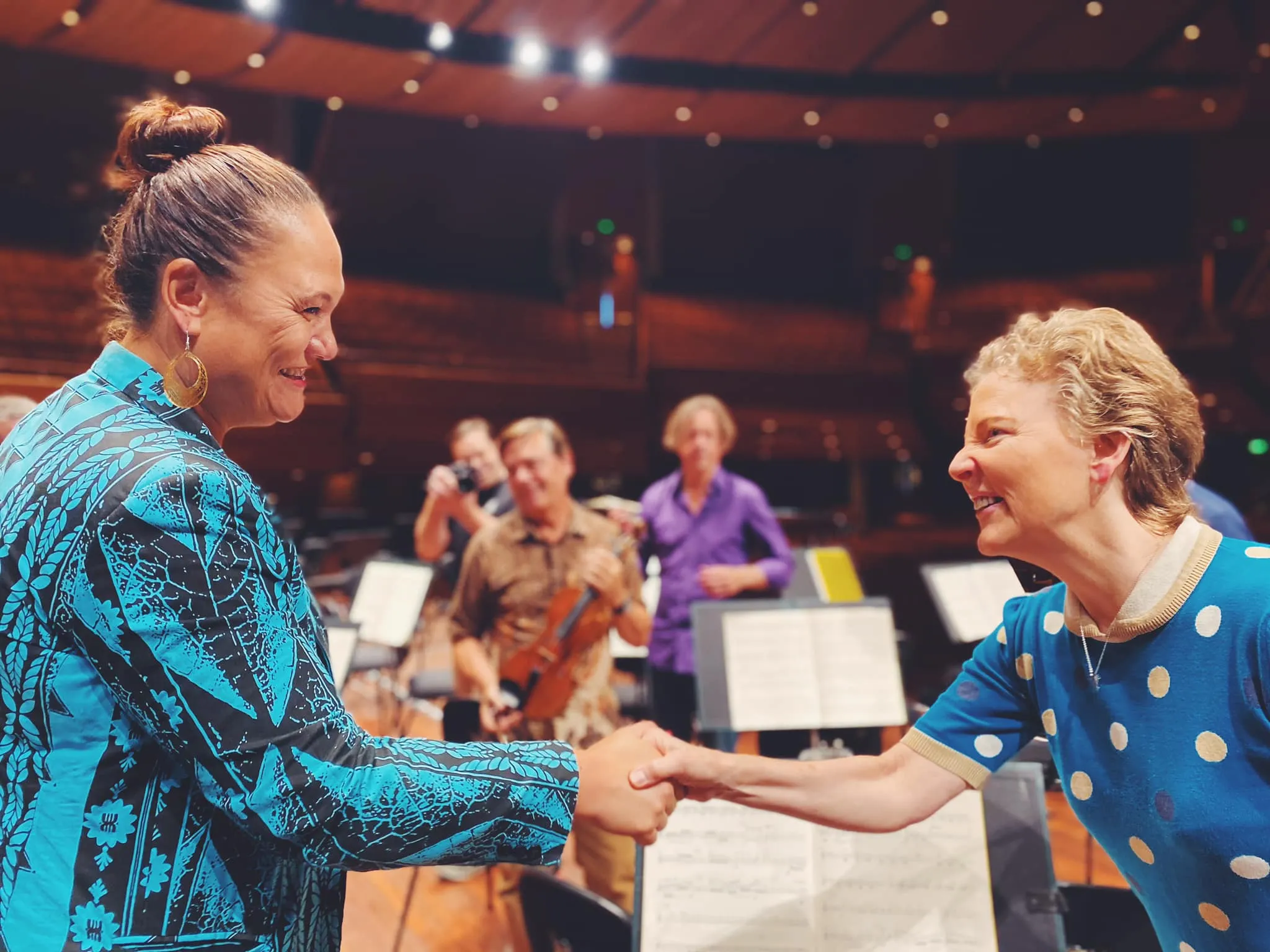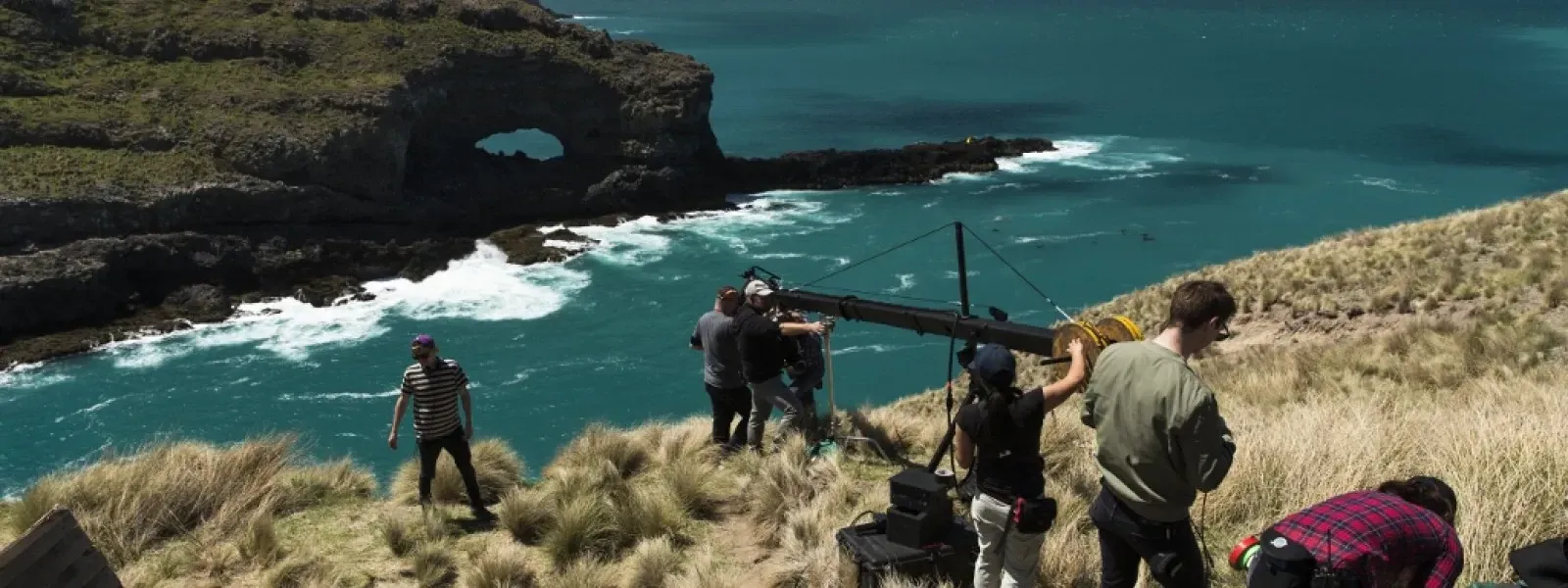$121 Million of Omicron Relief for Creative Sector - And How To Get It
Written by
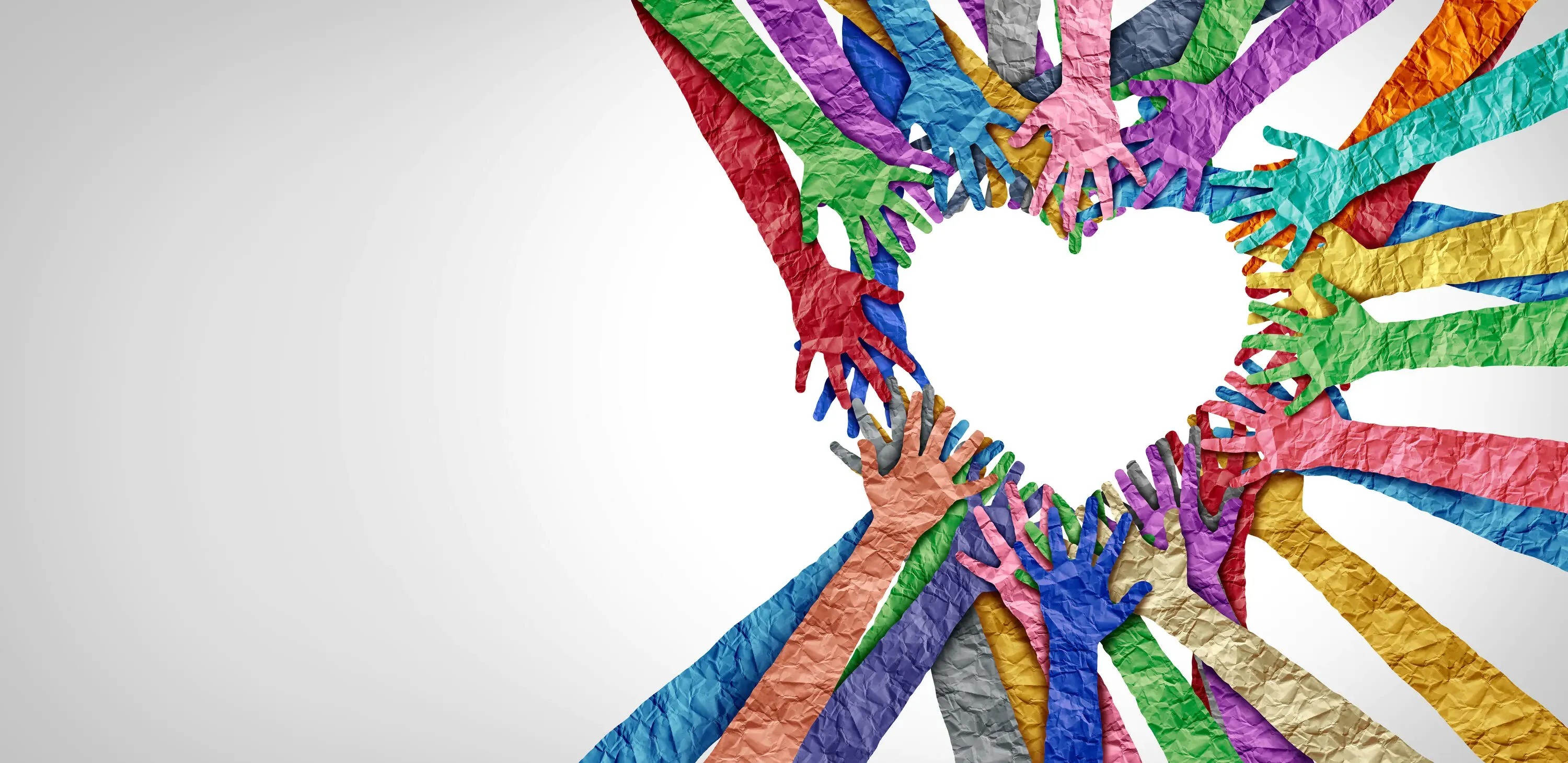
Morale has been beaten to a pulp - but the creative community’s about to get a shot in the arm designed to help keep the lights on.
Minister for Arts, Culture and Heritage Carmel Sepuloni has this morning announced a multi-million dollar, multi-faceted boost to several established forms of support to offset the Omicron body blow the sector is experiencing.
In all, $121.2 million has been confirmed - more than three times the support offered to the creative community during the peak of the Delta lockdown.
This is ‘new money’ - not coming out of the cornerstone $374 million Arts and Culture COVID Recovery Programme set up by the Government back in May 2020, or depleting any other funding already pledged to the creative community.
Sepuloni states “the Red traffic light setting, whilst needed to protect the health and safety of New Zealanders, has had an impact on the livelihoods of those who make a living out of arts and culture.
“I’m confident that our move to extend critical support schemes for New Zealand’s arts and cultural event sector will provide some relief and help our wonderful creative communities to get back on their feet.”
Extended support for events
The biggest injection comes into the Arts and Culture Event Support Scheme - topped up to the tune of $70 million. That’s sizeable, considering when it was set up in September last year, it was built on $22.5 million.
As outlined in this TBI feature, it’s been making an impact on those registered and now it will provide a safety net for events over the next 12 months.
Originally covering through to early April this year, that coverage has now been extended to events scheduled to take place before 31 January 2023 that were already planned before the move to Red.
This also includes extension of criteria to cover cancellations due to a lead performer getting Covid or needing to isolate. Key eligibility criteria have been extended, such as the criteria for proof of a financial commitment for an event to take place.
This revised timescale is designed to encourage development of events for New Zealand audiences through late 2022 and early 2023 - while also providing income support to artists, practitioners and production crew who rely on those events.
Sepuloni adds “it’s important to reassure artists and crew that they will get paid despite their event being cancelled due to Red. The Scheme includes an obligation to make full payment, as if the event had gone ahead, to artists, performers and production crew and/or organisations.”
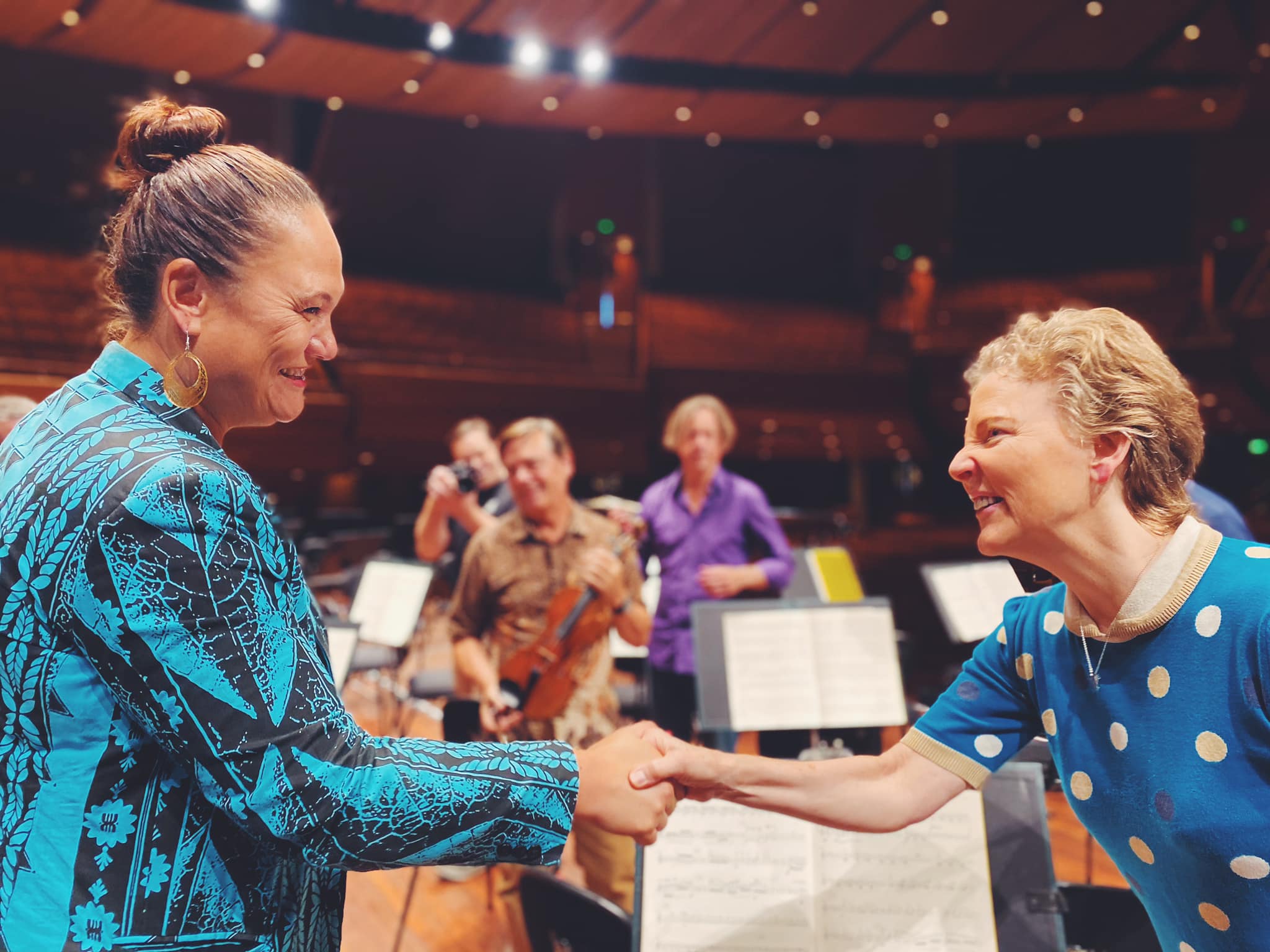
Minster Carmel Sepuloni (left) photo: Supplied.
So if an event has already been planned - and can be proven - with an attendee capacity of 100-5,000 ticketed, or more than 5000 un-ticketed (i.e. free), this should be welcome news.
While events planned/cancelled before 3 April 2022 can still register - it’s expected that events in the new eligibility timeframe of between that date and the end of next January will be able to apply within the next week.
Larger events over 5000 in capacity are covered by the Events Transition Support Payment scheme run through MBIE.
Significant changes to Emergency Relief Fund
When the Cultural Sector Emergency Relief Fund was originally announced last year with an allotment of $5 million - it was both celebrated and criticised.
It was designed to be a last-resort fund to help individual creatives and organisations at risk of not being able to operate viably within eight weeks, that won’t receive support from the sector agencies, and where other government supports are not meeting the unique needs of the cultural sector.
But many felt the parameters, process and policy of the Emergency Relief Fund “failed independent creatives" - as underlined in an independent artists survey that The Big Idea followed up with Manatū Taonga and Minister Sepuloni.
The Minister’s office has acknowledged that survey - along with other feedback and calls for sector specific support - has been heard loud and clear.
The Emergency Relief Fund has been bolstered with an additional $35.5 million this morning to help more organisations and individuals access increased critical financial support.
The Government believes they’ve made it easier for creatives to apply, making changes to payment limits and the eligibility criteria. This will include setting up an application stream dedicated to self-employed people and sole-traders, in addition to the application stream for organisations.
Of note - the introduction of a new one-off $5000 grant to self-employed or sole trader practitioners who can show proof of practice as a cultural sector practitioner and show proof of a loss of income or opportunity.
That proof could come in the form of a cultural grant or a contract to perform or work an event. Manatū Taonga would then likely verify that the applicant is known to Inland Revenue.
Given around a third of the cultural sector are self-employed - approximately 32,675 people, double the national average - this should be in high demand.
So why $5000? That’s around the same amount of money that someone would have received if they were accessing the maximum full-time wage subsidy payment previously available for eight weeks. The difference - the full amount will be paid upfront.
It’s a significant rise for organisations too - the upper limit per application has gone from $100,000 to $300,000.
The Government says it’s “working at pace” on this extension of the Cultural Sector Emergency Relief Fund and plans to continue to engage with sector representatives to finalise the scheme details, before testing the application and payment management system.
Creatives can expect more detailed information next week before the fund opens again in three weeks' time.
Film Industry fillip
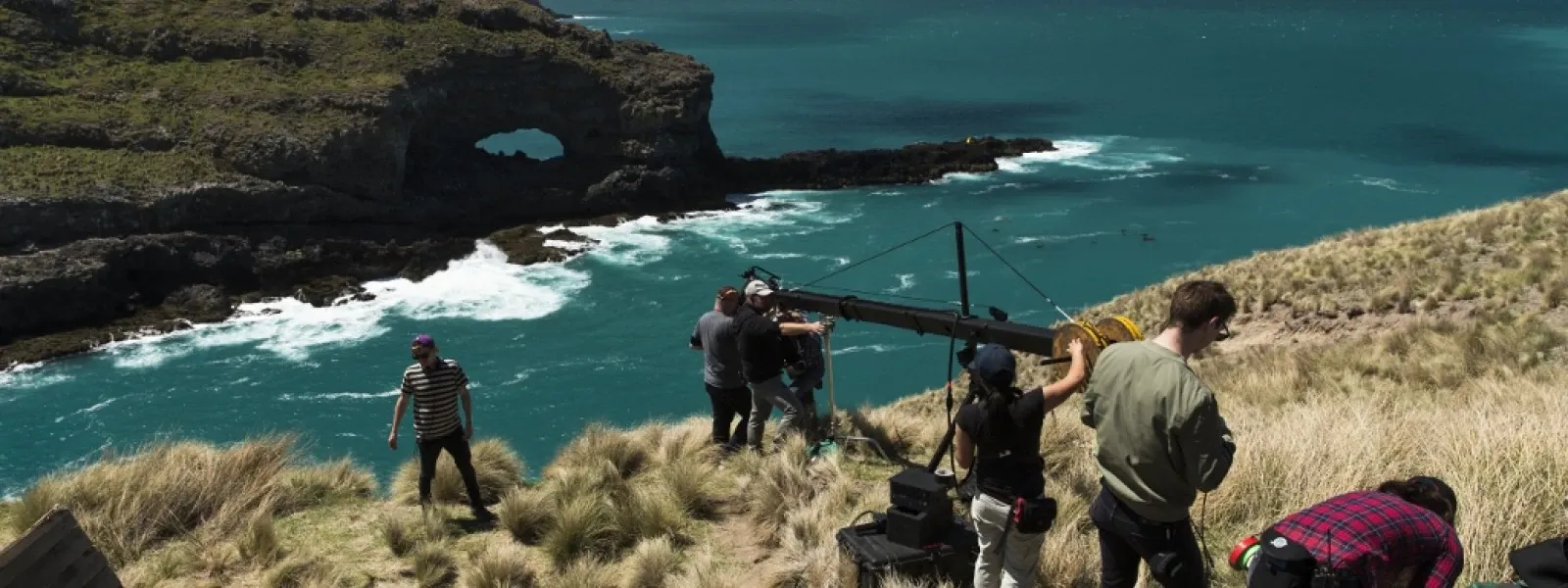
Filming of Human Traces. Photo:nzfilm.co.nz.
Rounding out the nine figure financial support, the Screen Production Recovery Fund receives a new allocation of $15 million - with $7.9 million of this funding allocated to New Zealand Film Commission and $7.1 million allocated to New Zealand on Air.
It has also been extended by a further six months through to 31 December 2022, to as Sepuloni puts it, “maximise production activity and minimise the impacts of any COVID-19 outbreaks.”
The Screen Recovery package was introduced to minimise the cost on the screen sector of future lockdowns and other COVID-related events that might have shut down, delayed or constrained screen productions. The Government states it has enabled domestic productions to access private finance and maintain production during the pandemic, and provides surety for financiers that productions will not fall over due to government restrictions.
“Internationally, Omicron is having a significant impact on the film industry, with cast/crew sickness in some cases causing productions to shut down, resulting in higher costs. Aotearoa New Zealand’s screen industry will not be immune from these pressures, so we are acting now to provide extra support for this key sector of our economy,” Sepuloni says
How to apply
As explained above, there are varying timelines for each aspect of the various schemes and funds’ application process.
Practitioners and those involved in the creative sector are encouraged to view the information available on Manatū Taonga Ministry for Culture and Heritage’s website, and for further guidance please email support.culture@mch.govt.nz to ensure they can receive the support on offer.
We will keep you updated here at The Big Idea as we are made aware of any updates and application timeframes.
